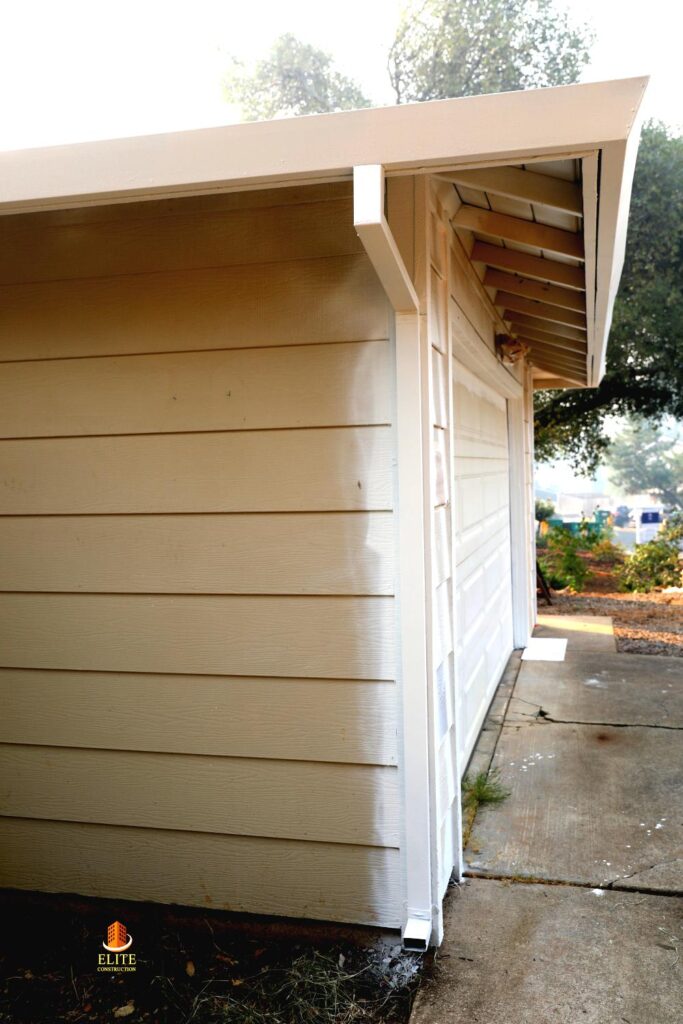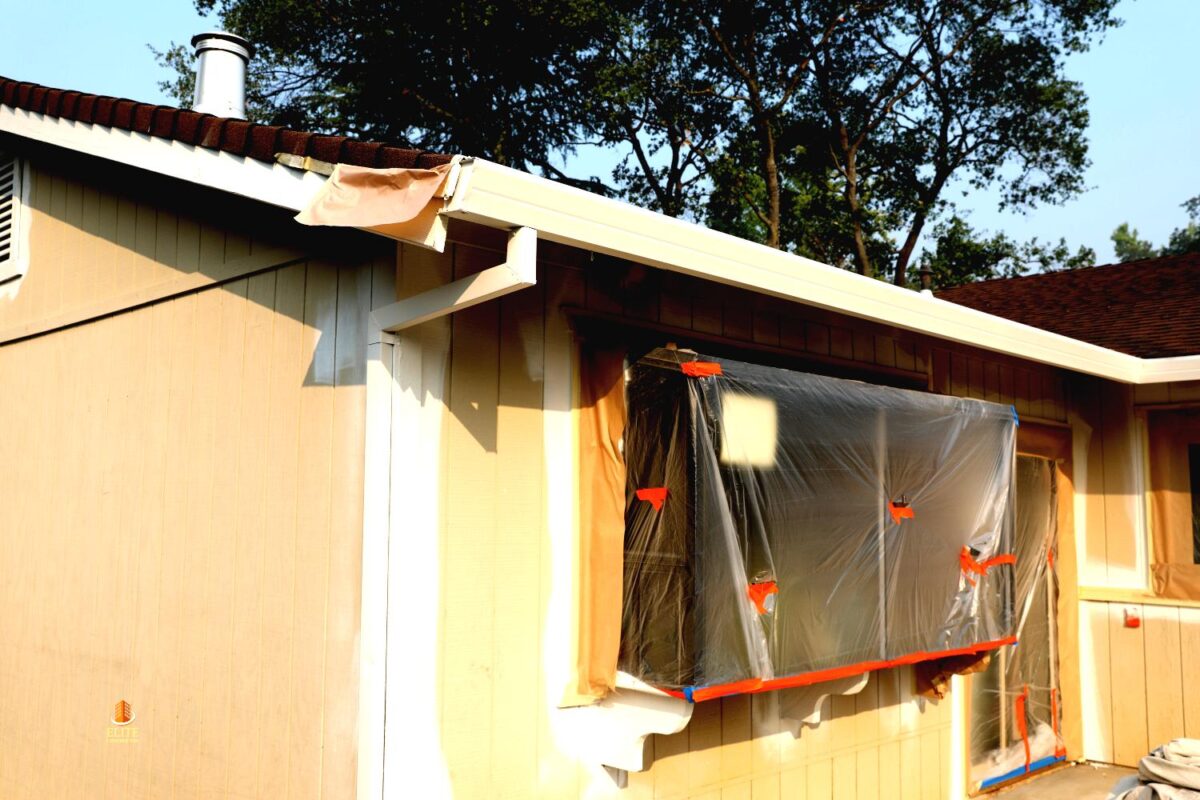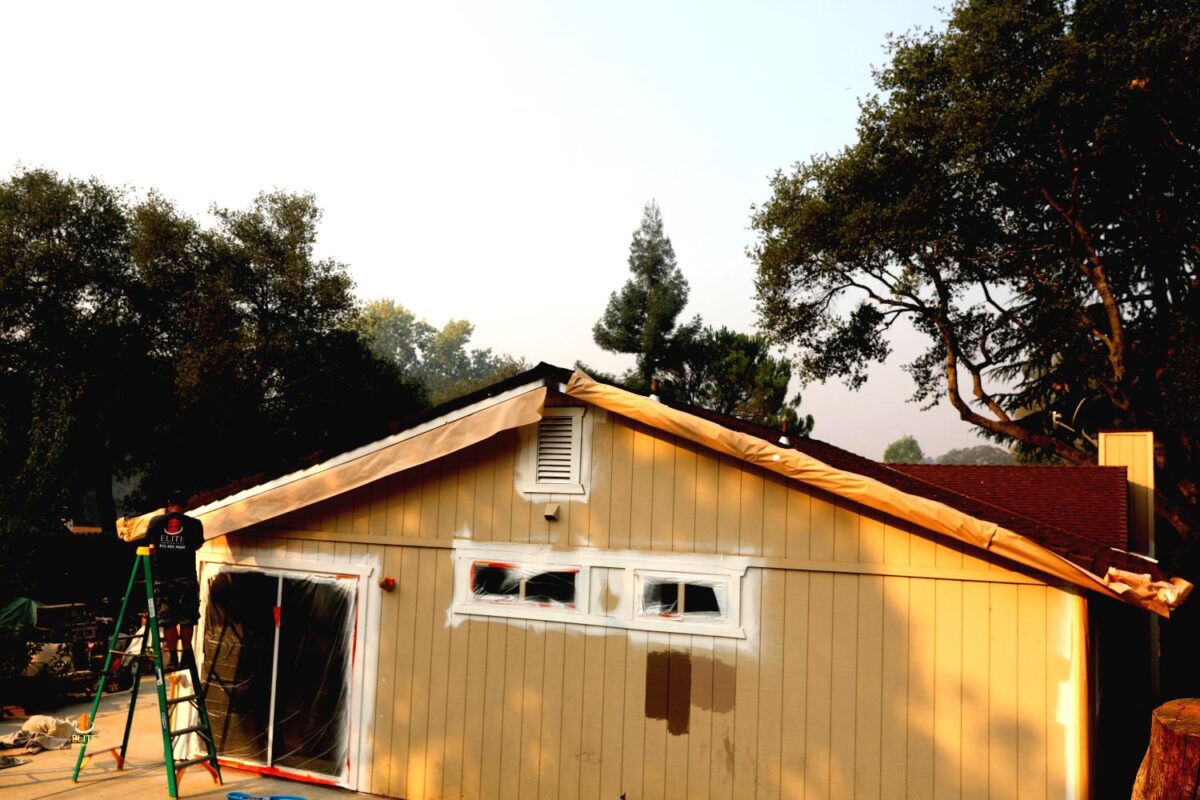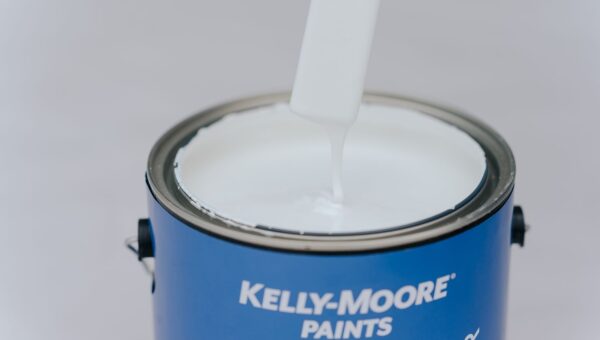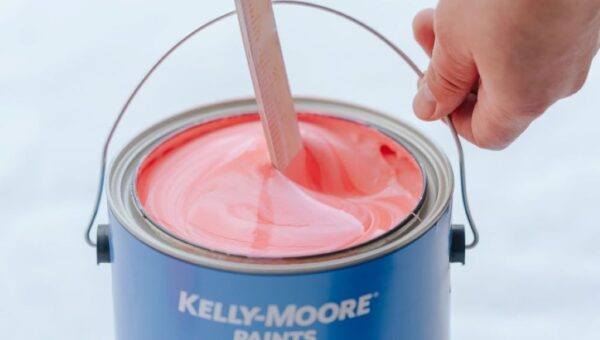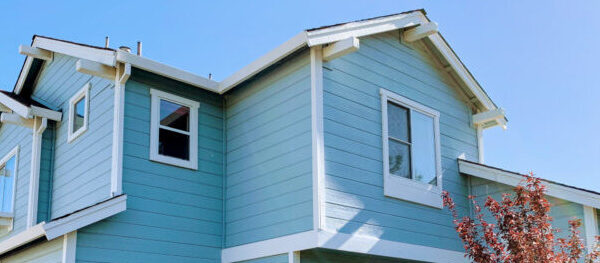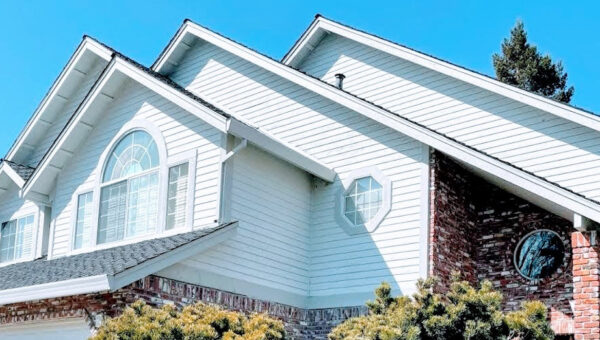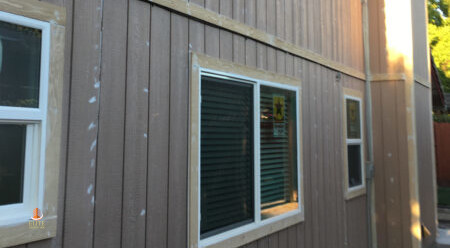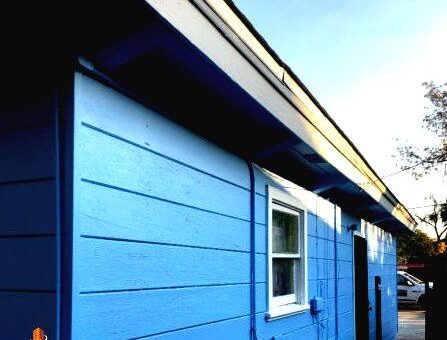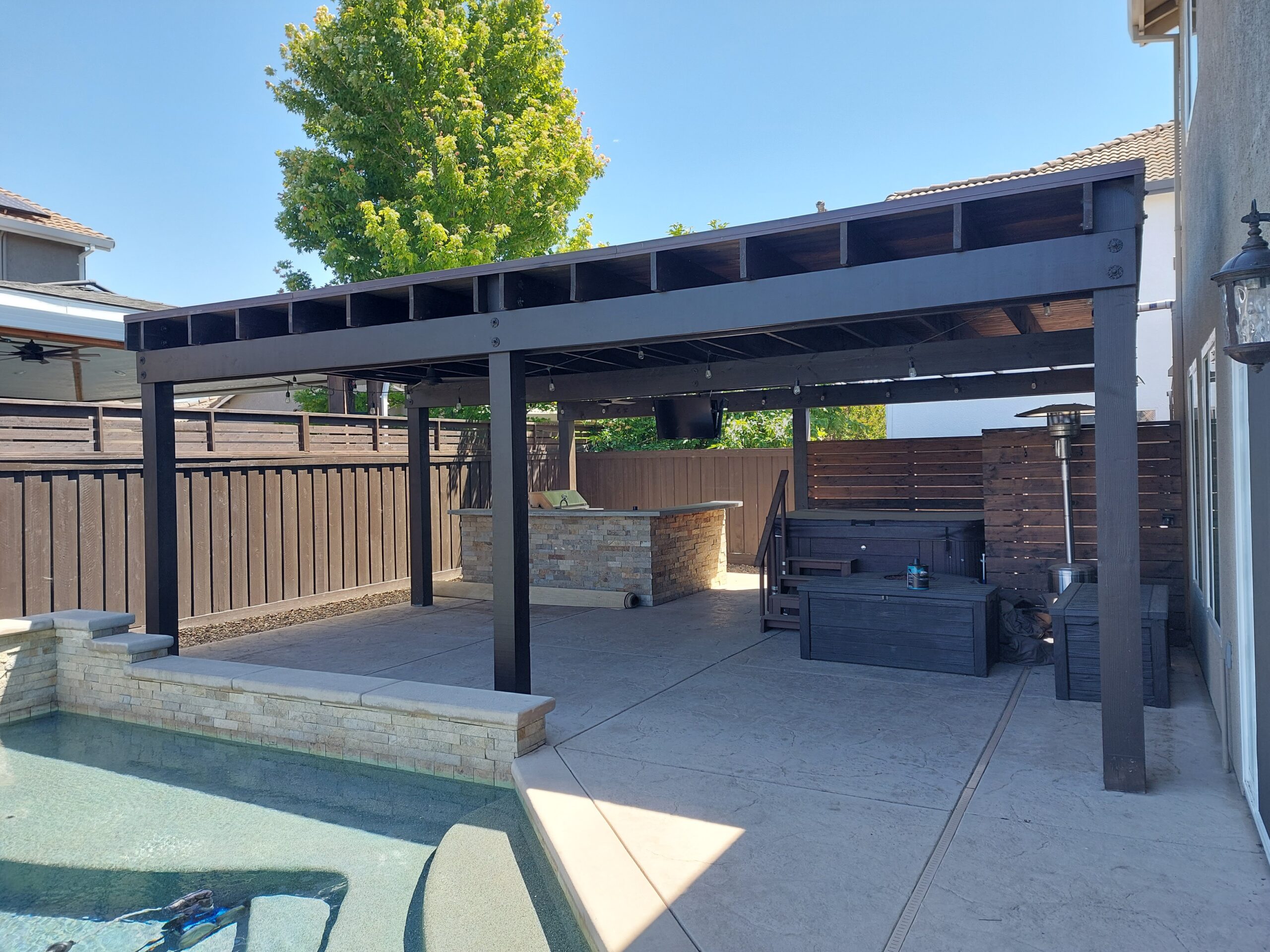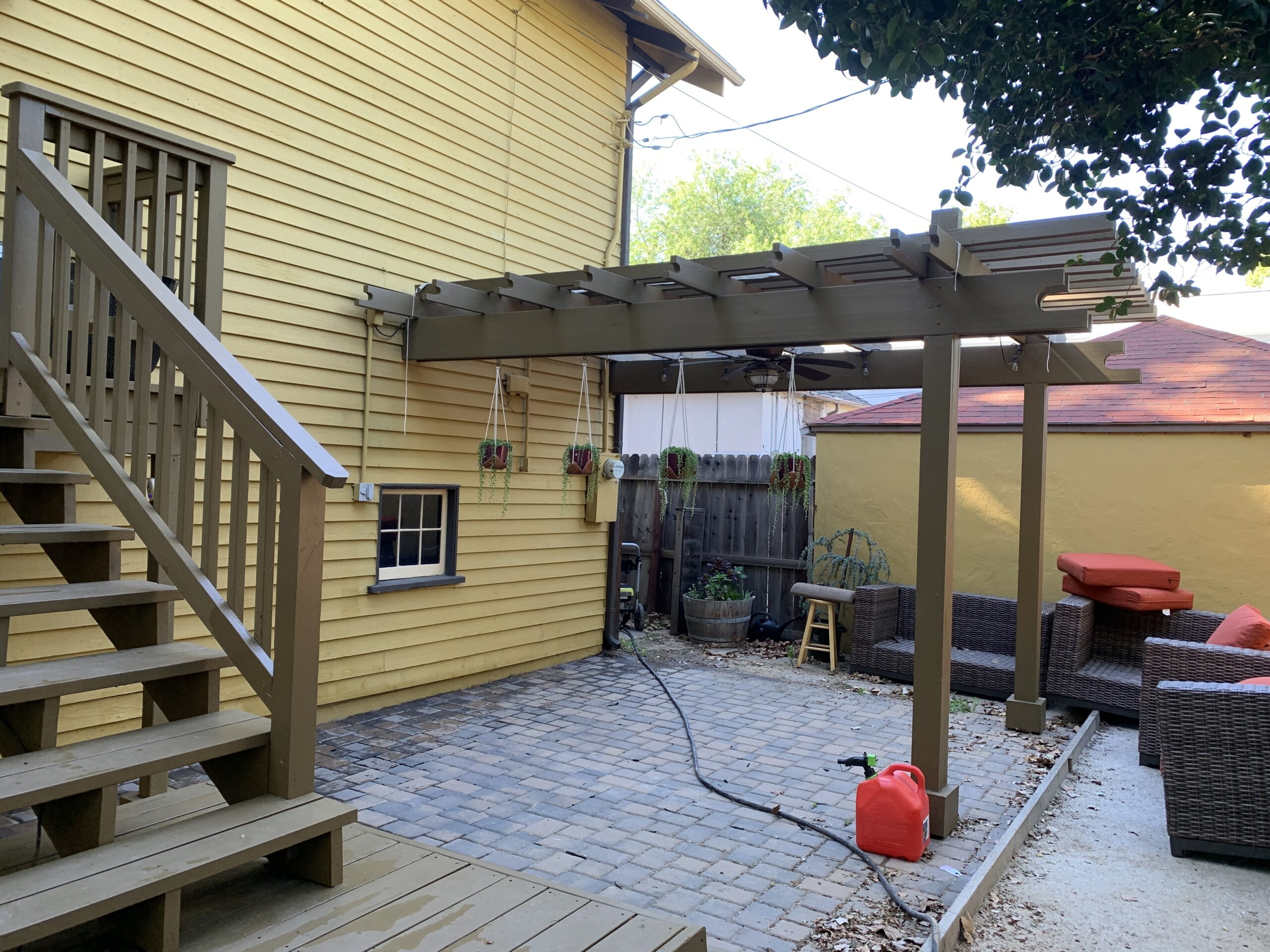In the long run, good paint preparation techniques add years to an exterior paint job—including cleaning, scraping, filling, caulking, and priming. You save time and money.
Old, flaking paint must be scraped from your wood surface or your new paint will eventually let go. Make sure the surfaces are dry. Then scrape in the direction of the grain to avoid tearing the wood fibers and creating an unstable surface for your primer. A sharp scraper is the best. You can buy hardened steel scrapers, or for about twice the price, you can buy carbide scrapers. Good-quality scrapers all have replaceable blades. You can easily sharpen a steel scraper blade using a fine metal file. The carbide blades last up to 10 times longer but must be sharpened with special tools. Buy replacement blades to have on hand.
You can choose either an oil or a latex primer and get great results. Oil primers, however, are generally more effective on new wood, metal, and previously chalked surfaces. If you’re priming over bare woods that have a high tannin content, such as cedar and redwood, ask your paint supplier for a special stain-blocking exterior primer.
Stain-blocking primers will prevent a “bleed-through” of tannin through the primer and the topcoat and stop old, rusty nailheads from bleeding through as well.
Always try to avoid priming or painting wood siding in direct sun. The extra heat can dry the primer and paint too quickly and prevent adequate penetration. It can also cause oil paints to develop blisters that’ll ruin the skin of the finished coat of paint. Tip: Your paint supplier can add pigment to your primer to get it close to the topcoat color. This is especially helpful when your topcoat is a darker color. You may be able to cover the primed area and old paint surface with one coat of paint.


